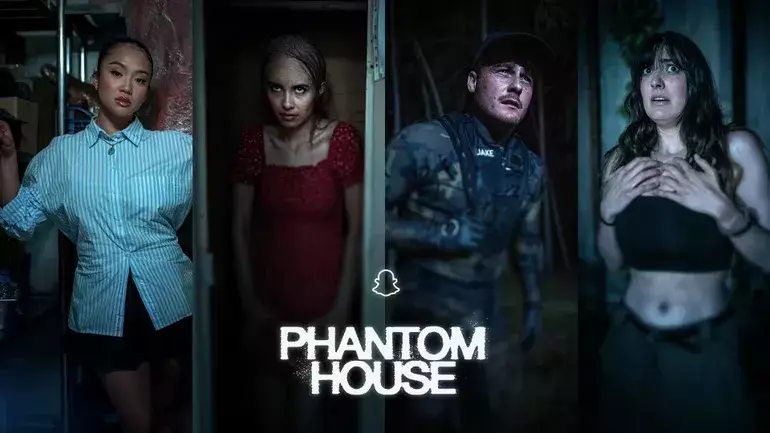Snapchat is unveiling its Halloween-themed initiative, Phantom House, once again, aiming to spice up the engagement on the platform and bolster brand partnerships. This year’s iteration features prominent advertisers such as Maybelline New York, State Farm, and Hulu, all of whom contribute to what has become a cornerstone of the Halloween marketing calendar on social media. The return of Phantom House is not merely a seasonal celebration; it embodies Snapchat’s strategic decision to capitalize on a time when users are more inclined to immerse themselves in themed digital experiences.
The strategy involves an array of advertising methods, including custom creator content, augmented reality (AR) lenses, and Snap Video Ads. By incorporating these elements, Snapchat seeks to integrate playful digital interactions with traditional advertising, thus bridging the gap between entertainment and promotion. This multifaceted approach might not only stretch the imaginative bounds of Halloween but also drive significant user engagement, particularly among younger demographics who thrive on interactive content.
Content and Creators Who Bring the Frights
The Phantom House series comprises four episodes, each featuring snippets from a select group of content creators who navigate through spooky sets, effectively immersing viewers in a bewitching narrative. Influencers like Tue Nguyen, Jake Koehler, Rachel Levin, and Caryn Marjorie bring their unique styles to the table, ensuring that the series resonates with diverse audience segments. Influencer involvement is vital here as they can drive higher levels of interaction and brand affinity, particularly when the content is tightly woven into the fabric of the frightful festivities.
This year’s event resonates with previous research indicating a booming interest in Halloween-themed content on Snapchat. For example, 80% of platform users were noted to engage with Snapchat during Halloween in the previous year. Surprisingly, this year’s statistics suggest even greater anticipation among U.S. Snapchat users: they are twice as likely to invest more in Halloween festivities compared to the previous year. This heightened engagement is not just numeric; it manifests in tangible business results as well.
The impact of Halloween marketing on platforms like Snapchat can be profound. Data from Kantar MarketNorms, commissioned by Snap, underscores significant increases in brand awareness and user action stemming from Halloween campaigns. The return of Maybelline as a second-season sponsor for Phantom House exemplifies how successful this strategy can be. The brand’s spokesperson highlighted Halloween as a lucrative moment for beauty discovery, underlining the initiative’s effectiveness in capturing consumer attention when they are most willing to explore new products and styles.
Maybelline will contribute through integrated branded content within the Phantom House series, alongside custom creator content and immersive AR experiences. This dynamic combination aims to ensure that the audience is not just passive viewers but active participants who can engage with the brand through various interactive channels. Meanwhile, companies like State Farm and Hulu tailor their offerings, with Hulu incorporating their annual Huluween campaign as part of the initiative—proving that the creativity surrounding Halloween is not limited to traditional spooky themes; it can encompass a wide array of multimedia storytelling and advertising.
Creating unique AR experiences is where Phantom House truly stands out. Snap has collaborated with Atomic Digital Design to develop four AR lenses corresponding to the series’ episodes. These lenses promise features such as real-time facial morphing and animated elements that align with the eerie themes of the episodes, like zombie-infested environments and quirky demon visuals. Such creativity not only enhances user engagement but positions Snapchat as a leader in the experiential marketing space, offering features that draw users into a captivating narrative world.
The initial episode of the new Phantom House season has already hit Snapchat, with subsequent episodes planned for weekly release. As Snapchat enjoys a reported 16% year-over-year revenue increase, exceeding $1.23 million, the enthusiasm surrounding Phantom House’s return underscores the vibrant ecosystem of creativity, engagement, and revenue generation within the platform.
The return of Snapchat’s Phantom House underlines a significant trend in seasonal marketing where interactive and immersive experiences can serve as a powerful tool for brands. As companies invest in innovative marketing strategies for Halloween, Snapchat continues to capitalize on user preferences, proving the ongoing relevance of augmented reality and digital storytelling in the modern advertising landscape.

